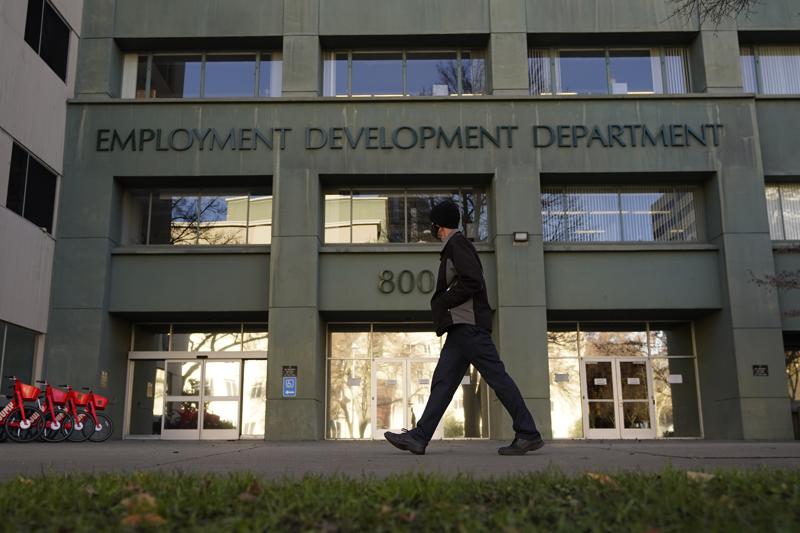Fueled by vaccinations and government aid, the U.S. economy grew at a solid 6.5% annual rate last quarter in another sign that the nation has achieved a sustained recovery from the pandemic recession. The total size of the economy has now surpassed its pre-pandemic level.
Thursday’s report from the Commerce Department estimated that the nation’s gross domestic product — its total output of goods and services — accelerated in the April-June quarter from an already robust 6.3% annual growth rate in the first quarter of the year.
The quarterly figure was less than analysts had expected. But that was mainly because supply chain bottlenecks exerted a stronger-than-predicted drag on companies’ efforts to restock their shelves. The slowdown in inventory rebuilding, in fact, subtracted 1.1 percentage points from last quarter’s annual growth.
By contrast, consumer spending — the main fuel of the U.S. economy — was robust last quarter: It advanced at an 11.8% annual rate. Spending on goods grew at an 11.6% rate, though down from a 27.4% surge in the first quarter. And spending on services, from restaurant meals to airline tickets, expanded at a 12% rate, up from a 3.9% gain in the January-March period as vaccinations encouraged more Americans to shop, travel and eat out.
For all of 2021, the economy is expected to expand perhaps as much as 7%. If so, that would be the strongest calendar-year growth since 1984. And it would mark a sharp reversal from last year’s 3.4% economic contraction — the worst in 74 years — as a result of the pandemic.
Yet overhanging the rosy economic forecasts is the possibility of a resurgent coronavirus in the form of the highly contagious delta variant. The U.S. is now averaging more than 60,000 confirmed new cases a day, up from only about 12,000 a month ago. Should a surge in viral infections cause many consumers to hunker down again and pull back on spending, it would weaken the recovery.
For now, the economy is showing sustained strength. Last month, America’s employers added 850,000 jobs, well above the average of the previous three months. And average hourly pay rose a solid 3.6% compared with a year earlier, faster than the pre-pandemic annual pace.
“The fundamentals for consumers and businesses are still very good,” said Gus Faucher, chief economist at PNC Financial, who said he had so far seen no effects from a rise in confirmed viral cases.
Consumer confidence has reached its highest level since the pandemic struck in March 2020, a key reason why retail sales remain solid as Americans shift their spending back to services — from restaurant meals and airline trips to entertainment events and shopping sprees. Businesses are also showing renewed faith in the economy, with orders for manufactured goods pointing to solid corporate investment.
Underpinning the recovery have been trillions in federal rescue money, ranging from stimulus checks to expanded unemployment benefits to small business aid to just-distributed child tax credit payments. And millions of affluent households have benefited from a vast increase in their wealth resulting from surging home equity and stock market gains.
(With AP inputs)












